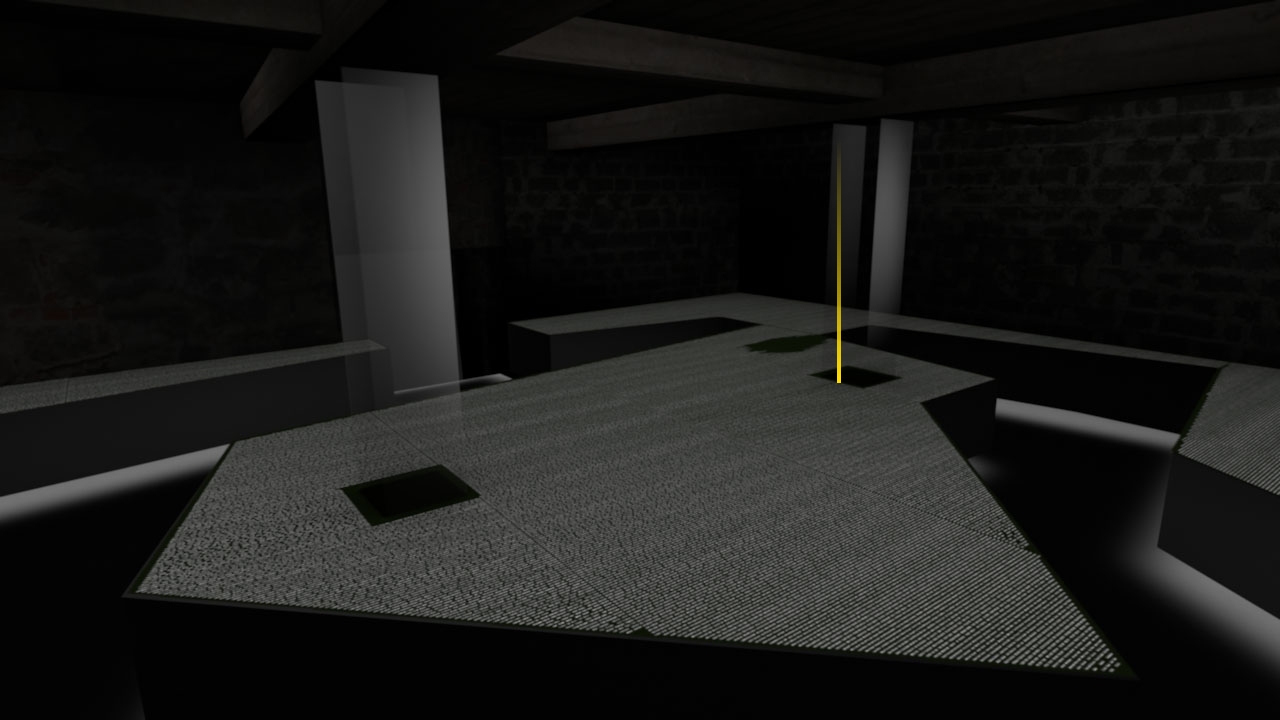Alexander Katan 1899 - 1943
Born 18.11.1899 in Rotterdam
Died 27.1.1943 in Gusen
Biography
Alexander Katan was born and lived in Rotterdam, Netherlands. He was the son of Israel Marcus Katan and Celli van Gelderen. He worked in several roles as a kantoorbediende (clerk), including that of an accountant, and as an elocution teacher. He was highly educated with a facility for languages. He married Julia Sophia Elze (born 12 September 1891 in Rotterdam; died 29 November 1942 in Auschwitz). They had a son, Alfons, born in 1930. Katan had spondyloepiphyseal dysplasia, a genetic condition resulting in dwarfism.
Under the German occupation he was registered as a Jew. He defied various anti-Jewish orders and was arrested. After transfer to the camps of Leeuwarden and Amersfoort, he arrived in Mauthausen where he was registered under prisoner number 13992 on 7 November 1942. Shortly before he was murdered he was photographed in a prisoner uniform from the front, the side and the back, and then naked; the photos were sent to the SS Medical Academy on 21 July 1943. He was killed by an injection to the heart. This was a technique favoured by the camp doctor, Eduard Krebsbach, who was involved in building up a pathological collection of 286 specimens of human organs at the Gusen camp. The flesh was stripped from Alexander Katan’s skeleton and the skeleton was photographed. Krebsbach contacted the SS Medical Academy in Graz that the skeleton of a Jew was to be transferred.
The Mauthausen death register gives the cause of death on 27 January 1943 as ‘eitriger Dickdarmkatarrh’, or ‘ulcerative colitis’. This fake cause of death was one frequently used to disguise deliberate killings in concentration camps and psychiatric hospitals. In 2007 a project to locate the actual skeleton proved unsuccessful.
Paul J. Weindling
Translation into English: Joanna White
References:
https://www.filmfestival.nl/publiek/films/dood-spoor-1, accessed on 5 December 2015.
Ines Hopfer: Die Spur führt nach Graz. Auf der Suche nach den sterblichen Überresten eines NS-Opfers [The Trail leads to Graz. In search of the mortal remains of a Nazi Victim]. In: Bundesministerium für Inneres (ed.): KZ-Gedenkstätte Mauthausen | Mauthausen Memorial 2008. Forschung, Dokumentation, Information. Jahrbuch der KZ-Gedenkstätte Mauthausen (Vienna 2009), pp. 48–56.
Dan Kennedy: Little People. Learning to See the World through my Daughter’s Eyes (New York, 2003).
Paul Weindling: Victims and Survivors of Nazi Human Experiments: Science and Suffering in the Holocaust (London 2014).
Location In room

